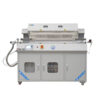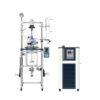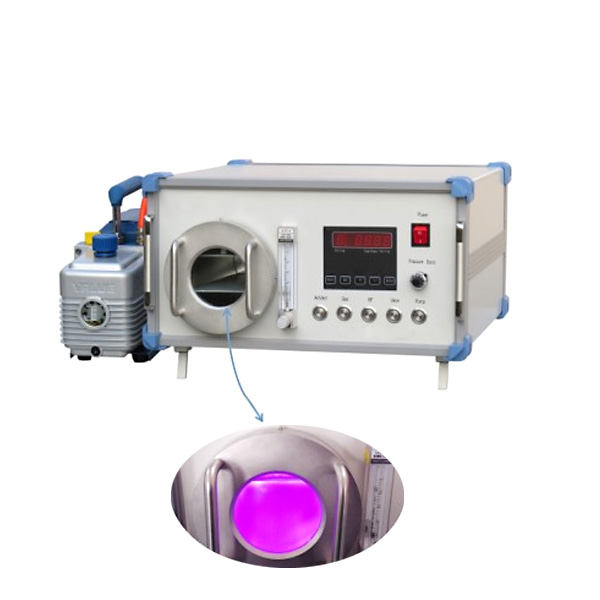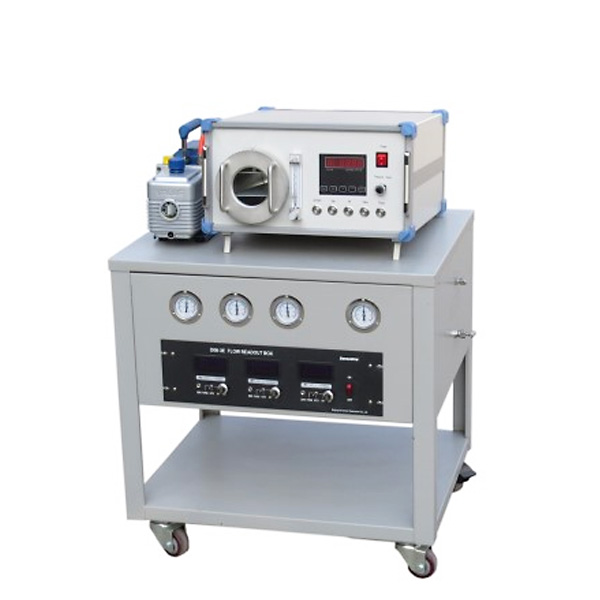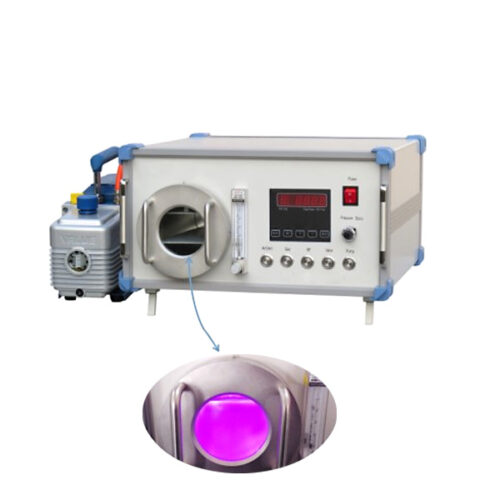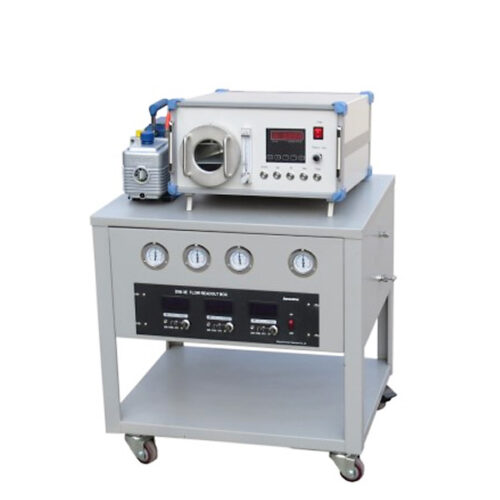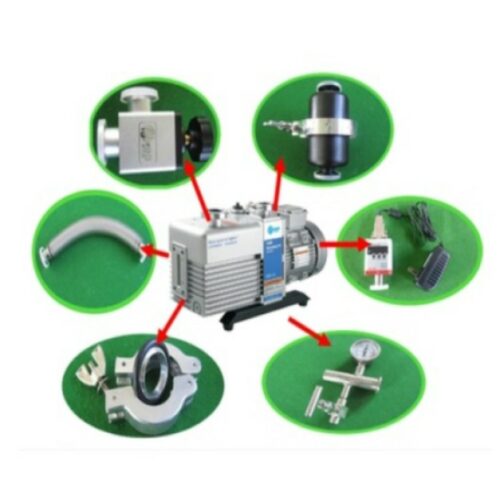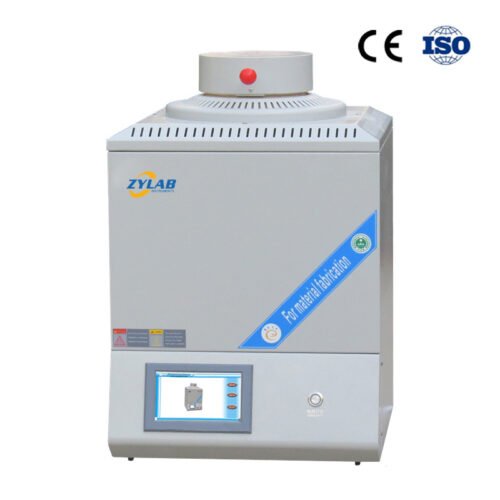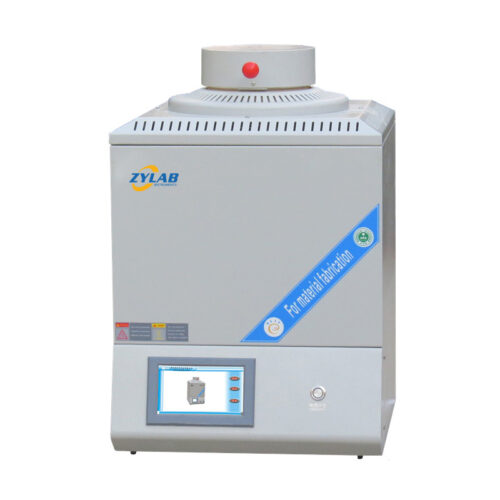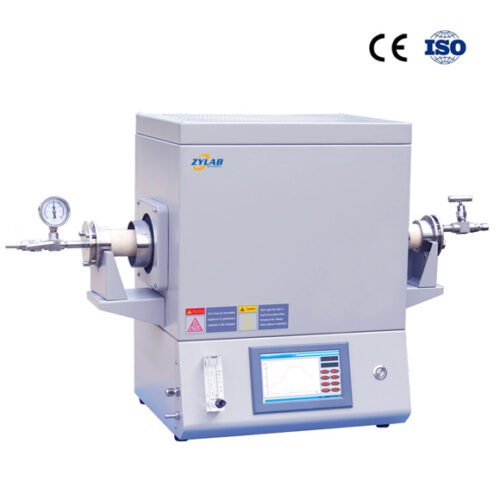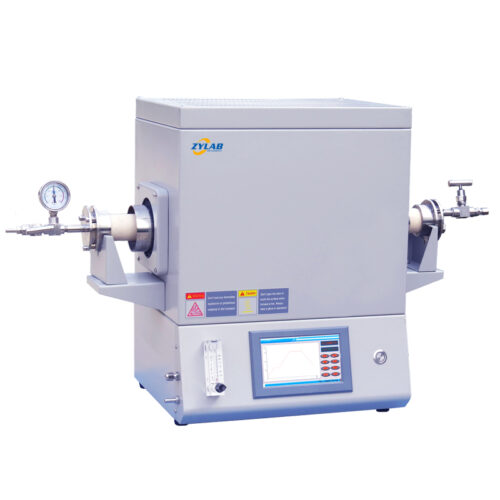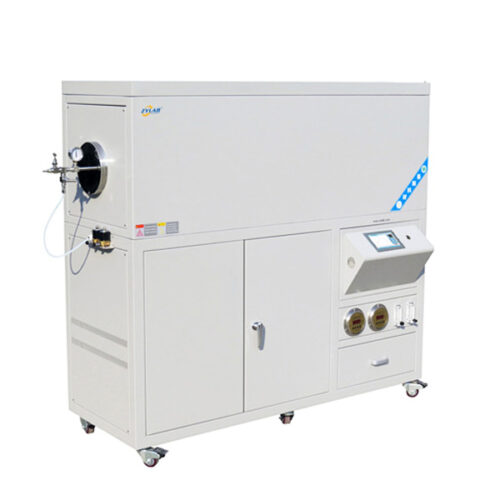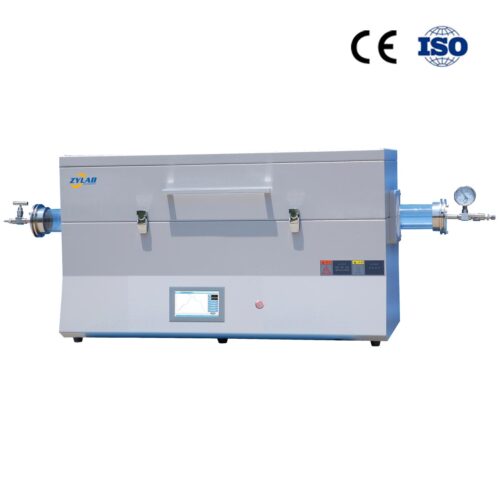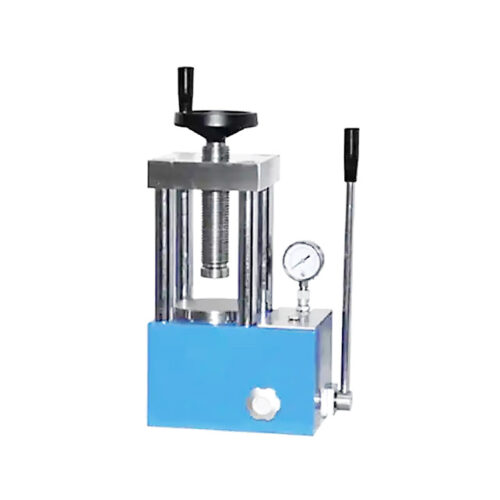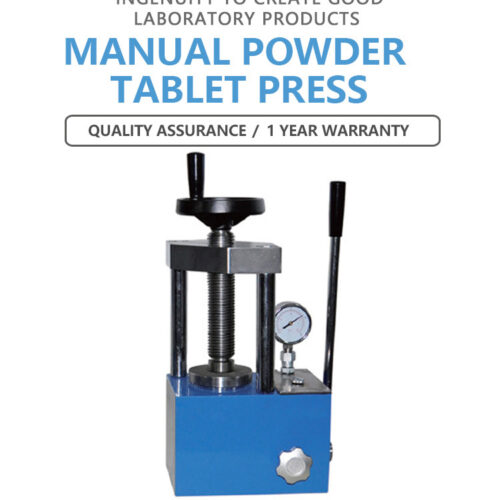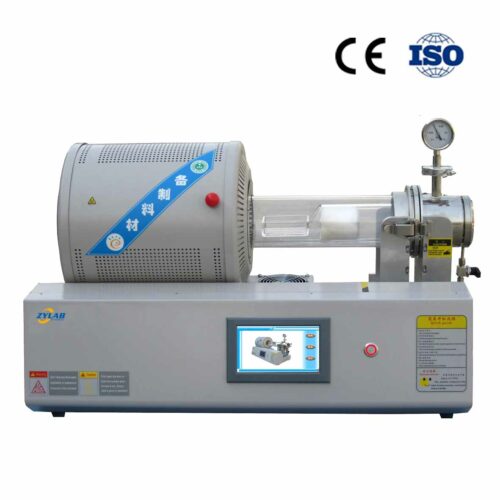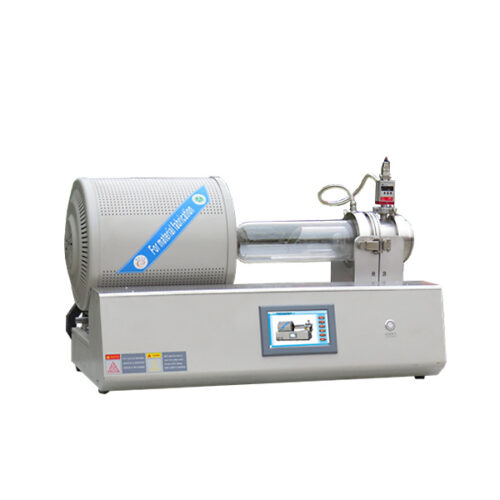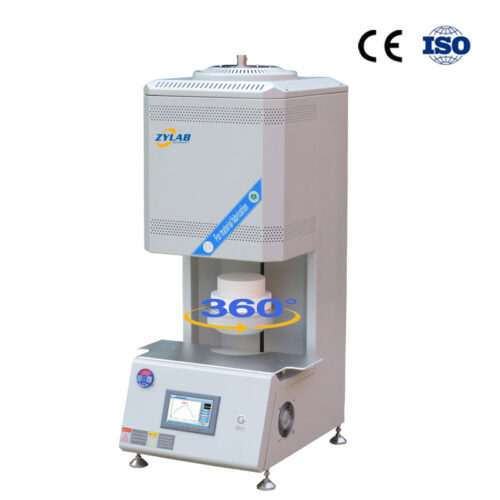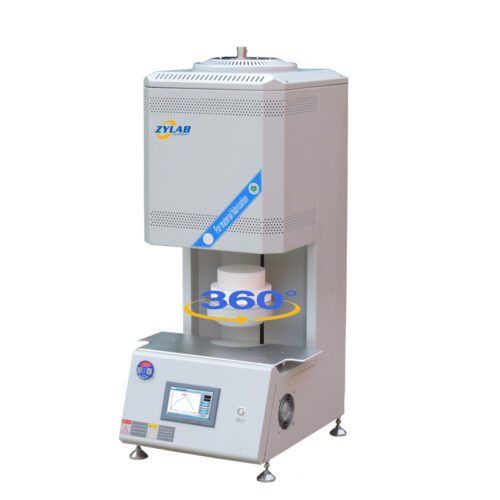Plasma Cleaner
Introduction:
Plasma Cleaner is a non-destructive surface treatment equipment that provides excellent results in ultra-clean treatment of organic contamination on the surfaces of metals, glass, silicon wafers, ceramics, plastics, and polymers. It can also modify the surface activity of these materials, enhance their adhesion, compatibility, and wetting properties. Additionally, it can remove oxide layers from metal surfaces and sterilize and disinfect cleaned objects.
Features and Benefits:
1.Stable performance, high cost-effectiveness, easy operation, low usage costs, and easy maintenance.
2.Can handle various geometric shapes with different surface roughness.
3.Timely processing, rapid treatment, and high cleaning efficiency.
4.Environmentally friendly and green; no use of chemical reagents, no pollution to samples or the environment.
5.Ultra-clean treatment under room temperature conditions, non-destructive treatment of samples.
Specifications:
| Model | RF Power | RF Frequency | Frequency Offset | Vacuum | Gas Flow Rate | Process Control | Chamber Size (mm) | Overall Dimensions(mm) |
| RFC-2L | 10~200W | 40KHz | Less than 0.2 KHz | 10Pa-1000Pa | 60-600ml/min | Automatic and Manual Modes | Dia 100*270 | 440*200*390 |
| RFC-5L | Dia 150*270 | 500*240*500 |
Applications:
Plasma cleaners are utilized across various industries and research fields for a range of applications due to their ability to efficiently clean and modify surfaces using plasma. Some common applications include:
1. Semiconductor Industry: Plasma cleaners are used for removing organic contaminants, etching surfaces, and activating surfaces before thin-film deposition in semiconductor fabrication processes.
2. Microelectronics: Cleaning and surface activation of microelectronic devices and components to improve adhesion and reliability of wire bonding and encapsulation.
3. Optics and Photonics: Surface cleaning and modification of optical components, such as lenses, mirrors, and filters, to improve performance and longevity.
4. Material Science: Surface cleaning and activation of materials for improved wettability, adhesion, and compatibility with coatings or adhesives.
5. Biomedical Devices: Sterilization and surface modification of medical devices, such as implants, catheters, and surgical instruments, to enhance biocompatibility and prevent microbial contamination.
6. Aerospace and Automotive: Plasma cleaning is used for surface preparation prior to bonding, painting, or coating of components in aerospace and automotive manufacturing processes.
7. MEMS/NEMS Fabrication: Cleaning and surface modification of Micro-Electro-Mechanical Systems (MEMS) and Nano-Electro-Mechanical Systems (NEMS) to improve functionality and reliability.
8. Glass and Ceramic Industry: Surface cleaning and activation of glass and ceramic substrates for improved adhesion of coatings, printing inks, or decorative films.
9. Energy Storage: Surface modification of electrodes and separators in batteries and fuel cells to enhance electrochemical performance and durability.
10. Research and Development: Plasma cleaners are used in various research applications, including surface science, nanotechnology, biomaterials, and environmental science, for surface modification, cleaning, and characterization purposes.

